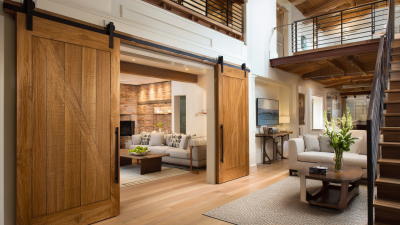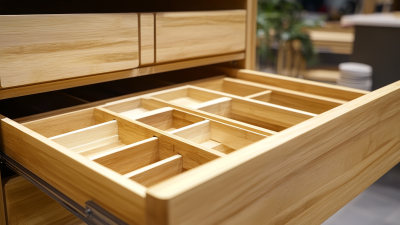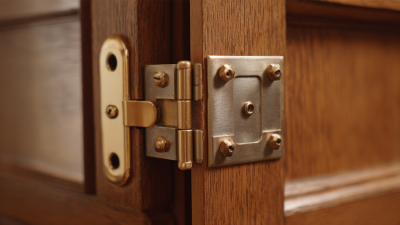Leave Your Message
In contemporary architecture and design, the emergence of Adjustable Hinges marks a significant shift towards greater flexibility and functionality. These innovative hardware solutions are not merely practical tools; they embody the evolving demands of modern aesthetics and utility. As spaces become increasingly dynamic and multipurpose, the ability to easily manipulate doorways, partitions, and furnishings becomes essential. Adjustable Hinges provide designers and architects with the capability to create environments that adapt to the needs of their users, allowing for seamless transitions and the optimization of space. This trend reflects a broader movement in the design world, where adaptability and user-centric solutions are prioritized. In this context, exploring the role of Adjustable Hinges reveals deeper insights into how modern design is responding to the challenges of contemporary living.
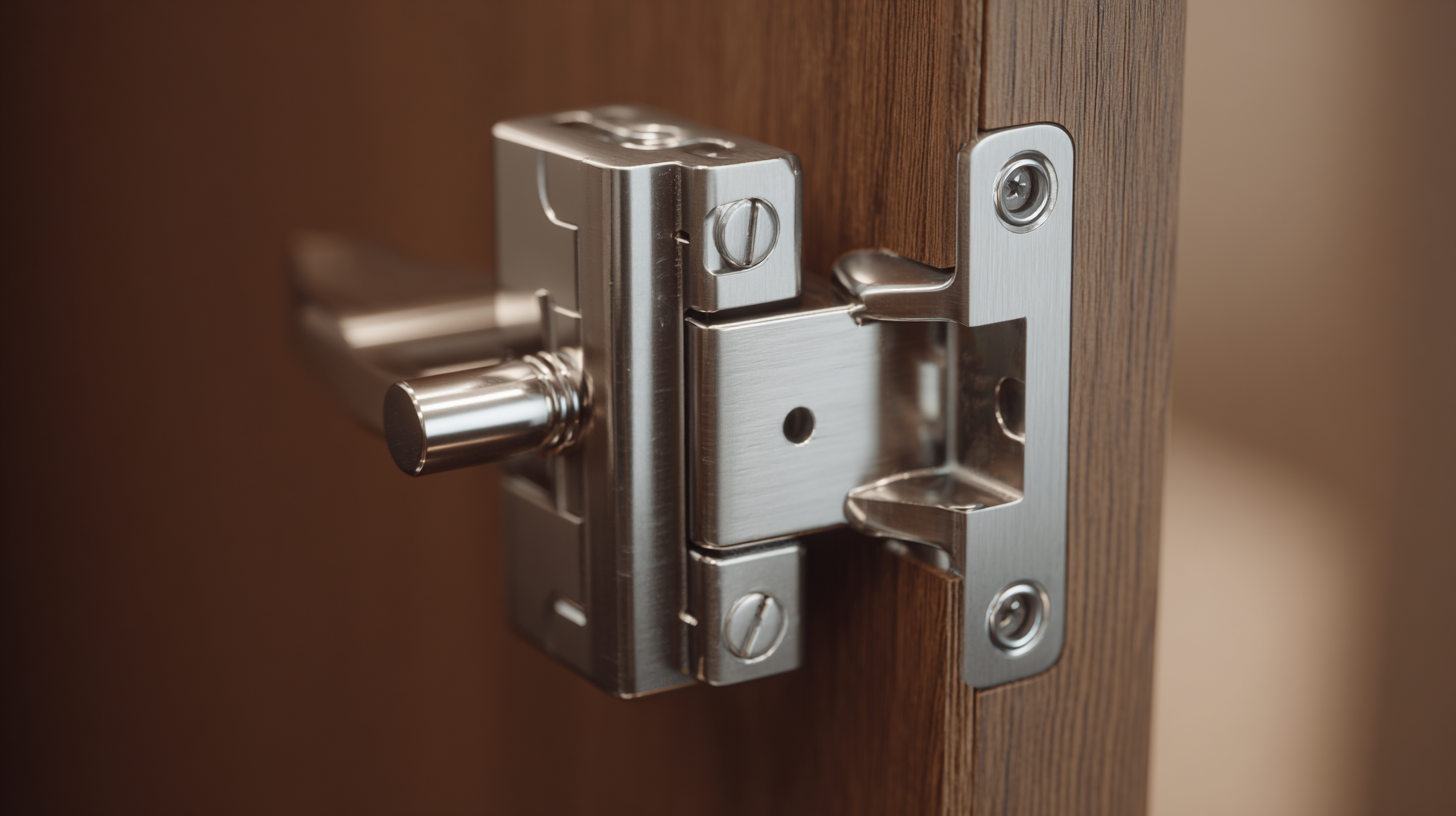
The evolution of adjustable hinges has significantly impacted contemporary architecture, reshaping how we approach design and functionality. These innovative components offer unparalleled flexibility, allowing architects to create spaces that adapt to various needs. According to a report by the Architectural Hardware Institute, the market for adjustable hinges is projected to grow by 15% annually, reflecting a robust trend towards customization in modern designs. This growth highlights a greater demand for products that not only serve a practical purpose but also enhance the aesthetic appeal of buildings.
When incorporating adjustable hinges into your designs, consider the following tips. First, select hinges made from durable materials such as stainless steel or brass to ensure longevity and minimal maintenance. Secondly, calculate the weight capacity required for your doors or panels, as this plays a crucial role in performance. Lastly, experiment with different hinge designs to explore the range of motion they can provide, which might lead to innovative layouts and unforeseen design possibilities.
Adjustable hinges are not just a technical advancement; they represent a shift towards a more flexible architectural future. As designers continue to explore their potential, the integration of these components can lead to more dynamic and responsive environments that cater to the evolving demands of users and spaces alike.
| Feature | Description | Applications | Benefits |
|---|---|---|---|
| Adjustable Angle | Allows for angle adjustments of doors and panels. | Pivot doors, foldable partitions. | Enhances usability and accessibility. |
| Material Versatility | Compatible with various materials. | Wood, metal, glass installations. | Flexibility in design and construction. |
| Customization Options | Can be tailored to specific design needs. | Residential and commercial spaces. | Optimal fit for unique architectural features. |
| Space Efficiency | Maximizes usable space in tight areas. | Small apartments, offices. | Improves functionality without sacrificing aesthetics. |
The demand for flexible design solutions in construction is experiencing significant growth, driven by societal needs for adaptability and sustainability. As urbanization accelerates, the need for affordable housing has led to heightened interest in modular construction, which allows for quicker assembly and versatility in design. This shift towards flexible housing formats is underpinned by advanced technologies and innovative construction methods that emphasize eco-friendliness, making it an attractive investment for developers and architects alike.
Moreover, the expansion of the interior design software market indicates a growing emphasis on flexible design solutions. Predicted to reach approximately USD 9.66 billion by 2030, this sector reflects an increasing inclination towards customizable environments that cater to individual preferences and functional requirements. As such, modern architecture is not only evolving to meet immediate housing needs but also fostering a culture that values dynamic spaces capable of transforming over time. Through the integration of advanced digital tools and sustainable practices, the industry is addressing changing consumer demands while reinforcing the significance of flexibility in contemporary design.
Adjustable hinges are ushering in a new era of flexibility in architectural design, offering unparalleled functionality for modern structures. A case study by the National Institute of Building Sciences indicates that adjustable hinges can enhance the lifecycle of doors and windows by 30%, allowing for easy maintenance and adaptability in both residential and commercial spaces. This versatility has been crucial as architects increasingly prioritize sustainable practices and functionality in design, aligning with the findings of the American Institute of Architects, which shows that over 75% of modern buildings now integrate design elements allowing for easy modification.
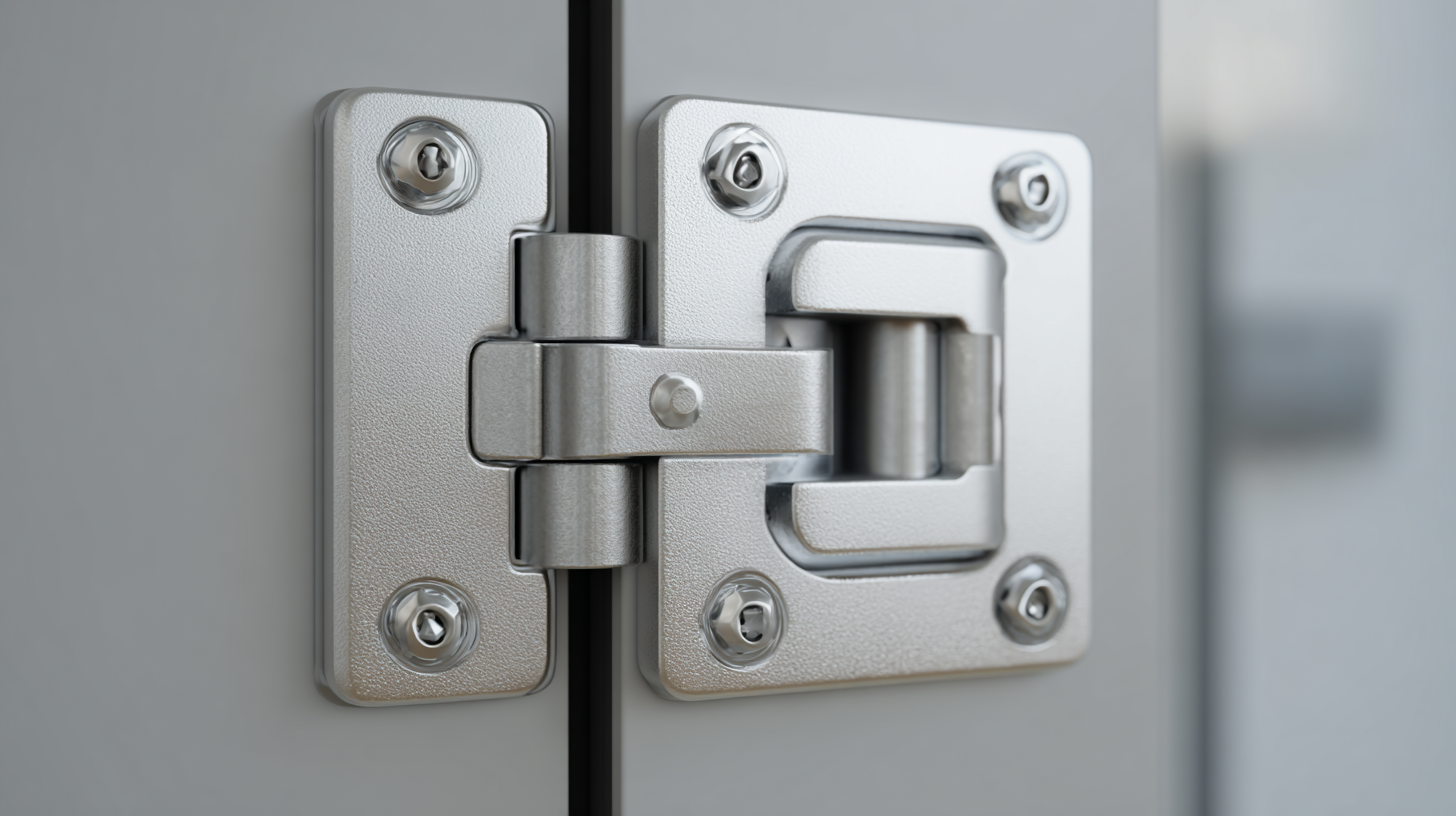
Furthermore, prominent architectural projects like the Smart House in California exemplify the benefits of adjustable hinges. This innovative design incorporates adjustable hinges that allow for dynamic wall configurations, enabling the space to transform according to the needs of its inhabitants. As architects recognize the importance of creating adaptable environments, the demand for adjustable hinges has increased, with a reported 40% rise in usage in the past five years, according to industry reports. This trend highlights a growing acceptance of flexible design solutions that cater to the evolving requirements of users.
Adjustable hinges are transforming modern architecture by introducing flexible design solutions that align with eco-friendly practices. According to a report by the American Institute of Architects, buildings equipped with adjustable hinges can reduce energy consumption by up to 15%, as they allow for the precise alignment of doors and windows, enhancing insulation and minimizing air leakage. This contributes significantly to energy-efficient designs that lower the carbon footprint of structures, making them more sustainable.
Moreover, industry analysis by Green Building Council has indicated that the use of adjustable hardware, such as hinges, can extend the lifespan of doors and windows significantly. By allowing for easy modifications, these hinges diminish the need for complete replacements, thereby reducing waste in landfills. The expected durability increase can range from 20% to 30%, translating to both economic and environmental benefits. As sustainability becomes paramount in the architecture industry, adjustable hinges represent a practical and innovative solution to meet modern design demands while promoting responsible building practices.
As modern architecture evolves, the demand for functional yet aesthetic designs is higher than ever. In this context, adjustable hinges have gained traction as a versatile alternative to traditional hinges. According to a recent industry report by MarketsandMarkets, the global market for adjustable hinges is projected to reach $1.3 billion by 2026, highlighting a growing preference among architects and designers for innovative hardware solutions that offer enhanced flexibility in use.
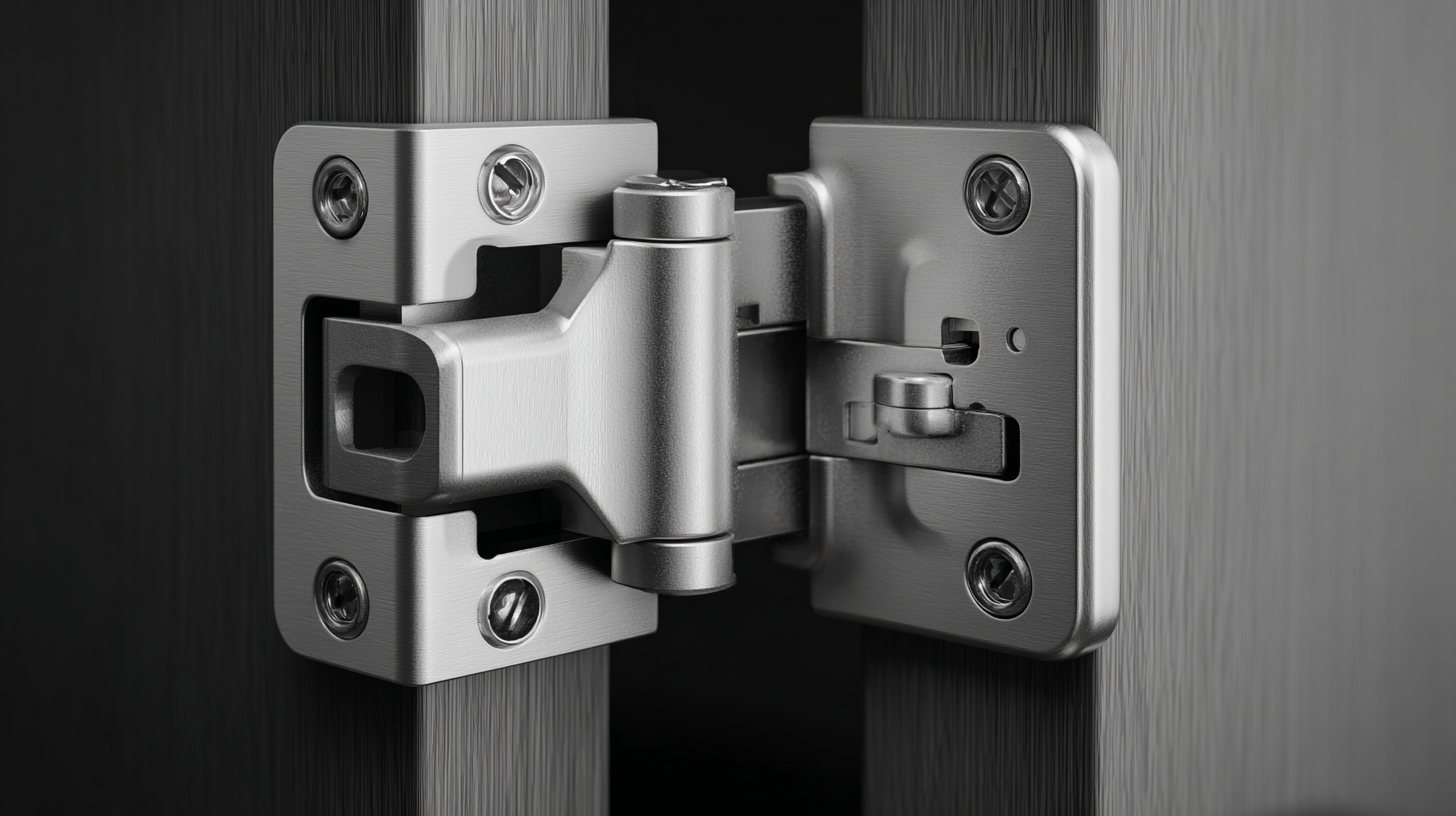
Traditional hinges are often limited in movement, restricting the design possibilities and operational efficiency of various structures. In contrast, adjustable hinges provide users with the ability to modify opening angles and positions, making them ideal for applications ranging from cabinetry to high-end architectural installations. A study from the American Institute of Architects indicates that 72% of surveyed architects are increasingly incorporating adjustable hinges in their designs to cater to both functionality and style. This shift not only addresses the practical needs of modern design but also reflects a broader trend of customization in architecture, enhancing overall user experience.

